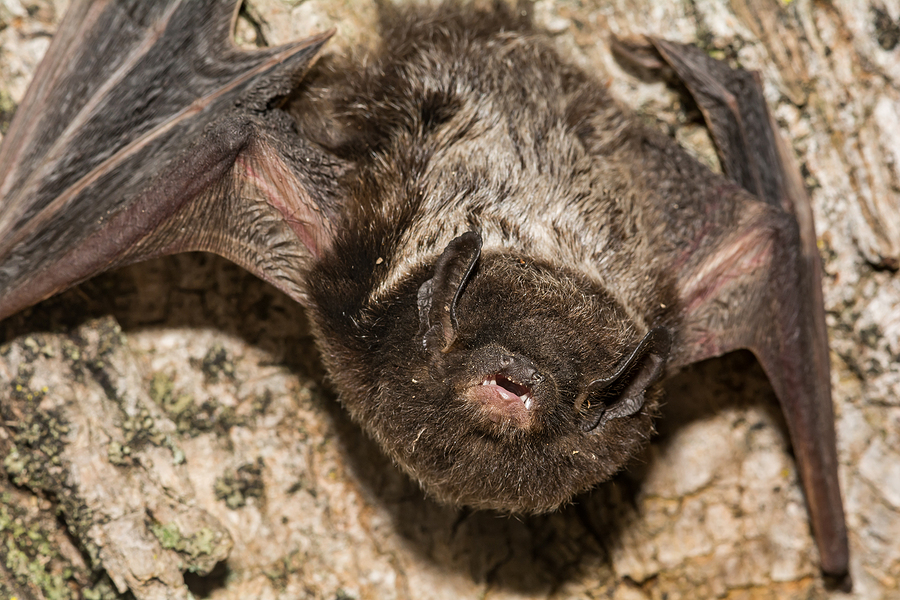It’s really unfortunate that bats have such a bad reputation. Thanks to movies and media, many people think that bats will attack you, swarm about your hair, and even drink your blood (they do not). But the truth is, bats are an incredible species of mammal; that’s right, mammal! Just like humans and other mammals on earth, they are raised on their mother’s milk. But that’s not what makes bats so fascinating. Bats are ecologically important, especially because their populations contribute significantly to our local economies and environment.
If you have always had a fear of bats for as long as you can remember, you could be right to feel afraid of them. Just make sure it is for the right reasons. In fact, there are really only two reasons why bats should scare you.
Scroll down to learn what they are, plus what you can do around your property to ensure bats don’t get too close.

What Makes Bats a Threat to You and Your Loved Ones
Structural Damage Due to Infestation or Heightened Activity
Bats, whether they access the interior spaces of your home or not, can do a lot of damage and destruction. Many bats prefer to perch on window seals, gutter systems, and roofing, which can lead to a massive pile of guano, which poses its own set of bio-hazards, as well as significant urine saturation, which can lead to structural warping, wood rot, and integrated pests like maggots, gnats, and flies.
If bats access the inner areas of your home, such as the attic or wall voids, which are their favorite spots. By the way, they can cause an even higher level of damage. Not only will they saturate their surroundings in urine and droppings, which can eventually lead to ceiling and drywall stains and lingering odors in the living quarters of the home, but they can also damage, electrical wiring, insulation, and more. To say the least, you do not want bats in the house or around it, nor do you want them increasing their activity around your property.
With a comprehensive bat mitigation and control plan created and implemented by a licensed and insured Indianapolis wildlife control company, you can avoid structural damages and bio-hazard threats caused by bats.
Infectious Diseases and Parasitic Outbreaks
In short, we’ve covered how destructive and messy bats can be. But their urine and droppings are not the extent of their potential dangers. Bats are known carriers of several infectious and transmissible diseases, including the rabies virus, which is fatal once contracted. These diseases can be passed to both people and pets. It is important to ensure that your pets remain properly vaccinated year-round.
If you live in a woodland or forest area or have seen bats and other wild animals surrounding the property. In addition to transmissible disease, bats can also carry parasites like mites, lice, ticks, fleas, nematodes, and more. For this reason, integrated pest management services are generally needed after a long term that infestation has been extracted.
If you suspect that you have bats in the house or worried that bats are getting too close to your property at desk, you may need to create a bat control plan with the help of a licensed and insured critter control operator in Indianapolis.
Ready to get started on that bat abatement plan now? Contact Modern Wildlife Control at 317-847-6409 for DNR licensed bat removal and control services in Indianapolis, Indiana and its surrounding counties. We serve residential and commercial clients all throughout the central areas of the state.
Related Posts:
The Top 4 Signs of a Bat Infestation in the Attic
Basic Facts About Bats and Bat Removal
Fall is the Season for Bat Proofing Home Inspections

